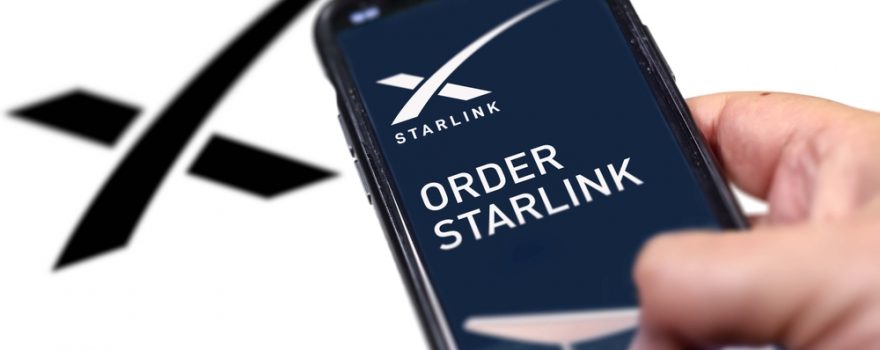
SpaceX, under the visionary leadership of Elon Musk, has successfully achieved a groundbreaking 17 Mbps download speed from Starlink satellites directly to unmodified Samsung Android phones. Musk took to X Twitter to announce this feat, marking a significant milestone in satellite-based internet connectivity.
Peak Speeds and Strategic Collaboration
Musk emphasized that the 17 Mbps speed represents the current peak per beam, clarifying that the system’s efficacy is maximized in areas devoid of cellular service. Notably, this system operates in collaboration with wireless providers, exemplified by the strategic partnership between SpaceX and T-Mobile.
Addressing August 2022 Dead Zones Partnership
Recalling the August 2022 collaboration between SpaceX and T-Mobile, the objective was to eliminate cellular network dead zones using Starlink satellites. Initially, projections hinted at conventional 5G smartphones connecting to Starlink satellites at speeds ranging from 2-4 Mbps. However, recent testing has surpassed expectations, achieving a remarkable 17 Mbps under specific conditions.
Texting Triumph and Future Endeavors
January 2024 witnessed another groundbreaking achievement as SpaceX and T-Mobile successfully sent and received the first text messages using Starlink D2D satellites launched just a week earlier. The project aims to extend satellite internet connectivity to regular cell phones, ensuring T-Mobile users can stay online even in areas without cellular coverage.
SpaceX plans to publicly launch text services with T-Mobile in 2024, with ambitious plans to expand into voice, data, and the Internet of Things by 2025. This global initiative includes partnerships with prominent entities such as Rogers in Canada, Optus in Australia, and KDDI in Japan.
Direct-to-Device Capability and Successful Deployment
The communication services rely on larger, specialized versions of Starlink satellites equipped with direct-to-device (D2D) capabilities. SpaceX successfully launched the first six of these advanced satellites on January 2, completing early tests without encountering significant issues.
“On Monday, January 8, less than 6 days after launch, we sent and received our first text messages to and from unmodified cell phones on the ground to our new satellites in space using T-Mobile network spectrum… [indicating that] the system works,” stated SpaceX on its blog.
Eliminating Dead Zones and the Lost Messages Conundrum
T-Mobile’s CEO, Mike Sievert, likened the technology to placing a cell tower in the sky, envisioning a future without dead zones. He emphasized the potential to connect people even in the most remote locations, such as the middle of the ocean. However, keen social media users noted discrepancies in sent and received messages between two devices, raising questions about the technology’s seamless implementation.
Conclusion and Future Prospects
SpaceX and T-Mobile’s collaborative efforts signify a significant stride in redefining global connectivity. As challenges are addressed and technology advances, the vision of a world without cellular dead zones seems closer than ever.
Source: Engadget




